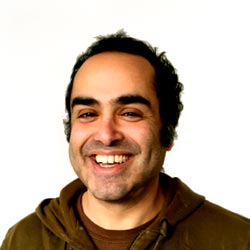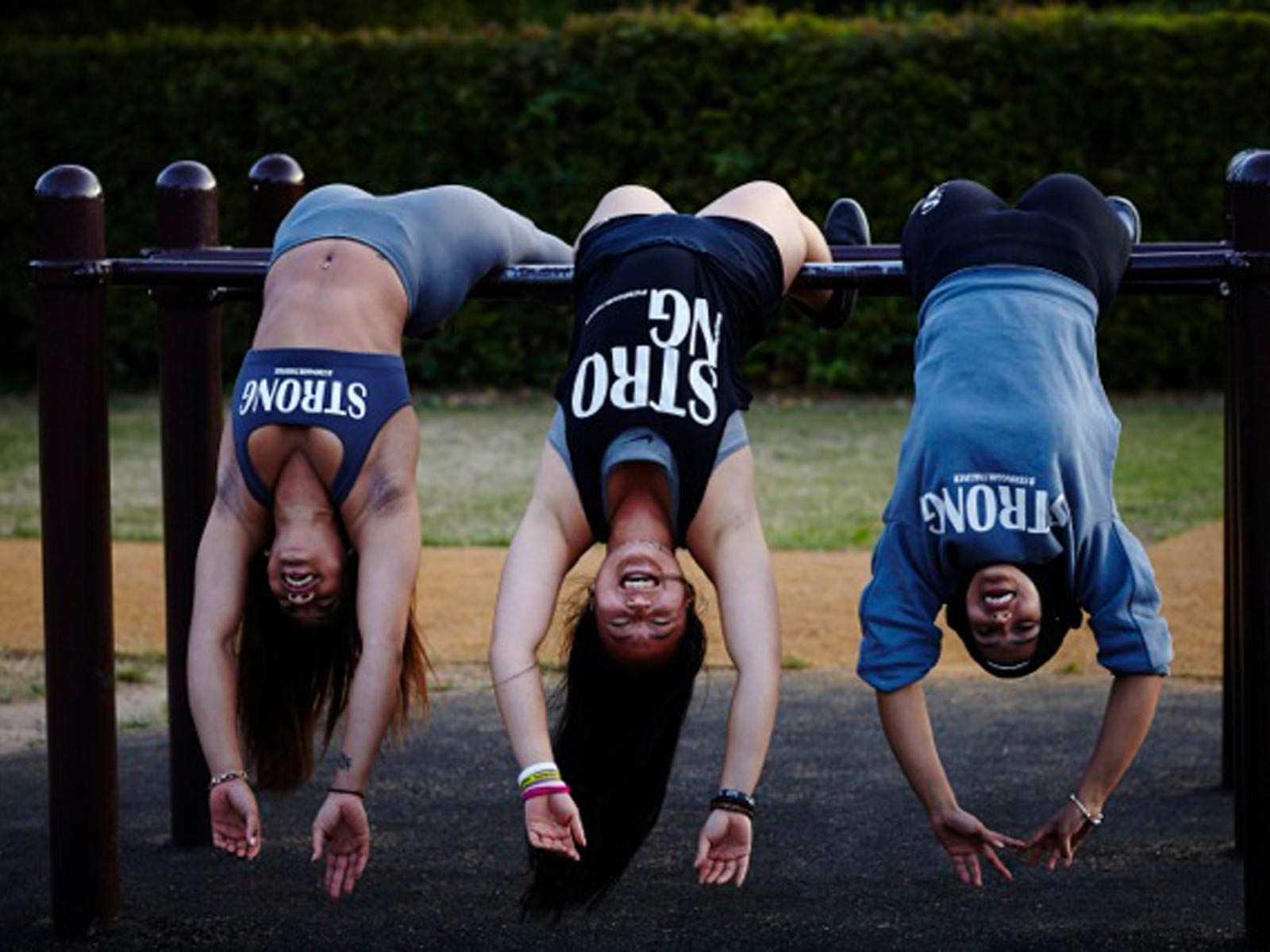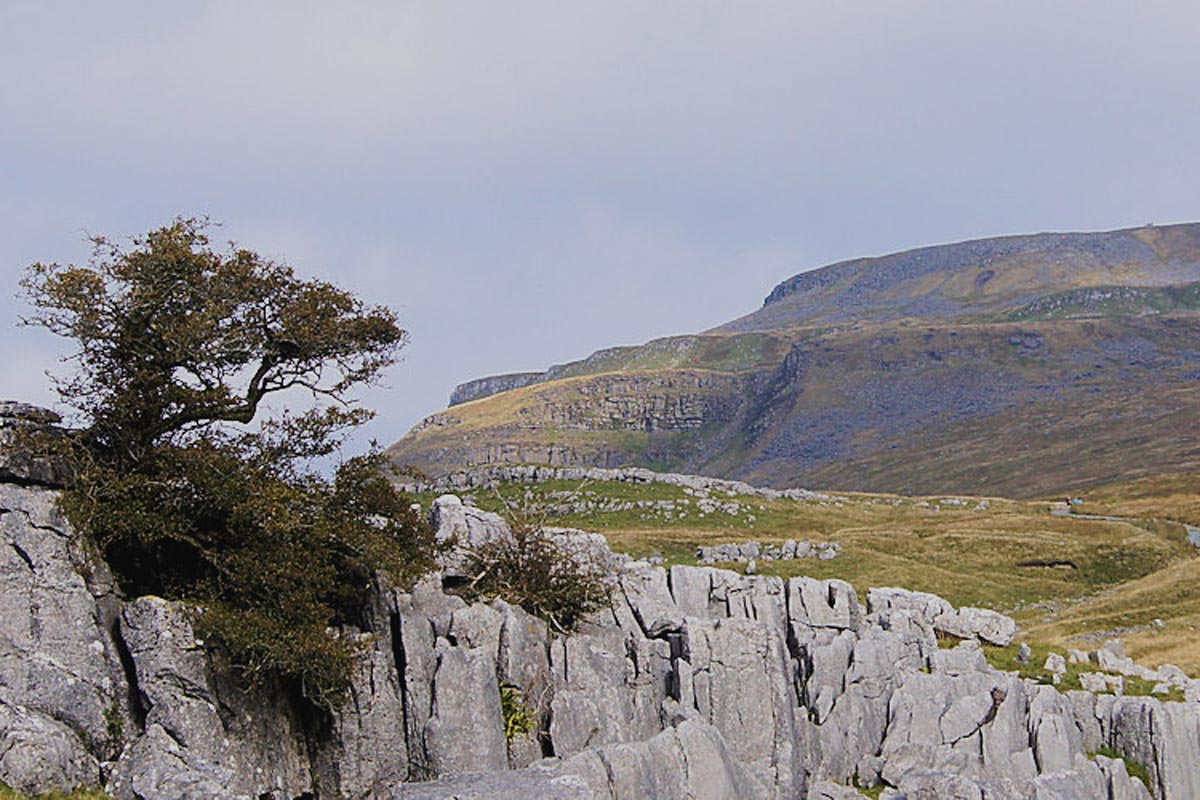Some people want to change the world, some people want to save the world. Perhaps Greenpeace co- founder Dorothy Stowe did both.
With the Vietnam War still stumbling to its conclusion, her ordinary two-storey abode in Vancouver, Canada which she shared with her husband Irving became a hub of monumental and global significance. It was where the city’s anti-establishment gathered – rebels and hippies, Quakers and Buddhists, draft dodgers and peace mongers, radical journalists and rainbow warriors.
From that humble abode, a global organisation designed to save the planet and all that live on it was born. Greenpeace founders believed a few people could save the world. They weren’t wrong.
Stowe was born Dorothy Anne Rabinowitz in Rhode Island, New England in 1920. From an early age she demonstrated the traits that would see her become a life-long advocate for social justice.
She organised a social workers union, and became its first president. When she threatened to call a strike, the governor called her a “communist”. But she prevailed, winning a 33 percent wage hike for the workers.
It is amazing what a few people sitting around their kitchen table can achieve
In 1953 she married Irving Strasmich. The couple became Quakers and changed their names to Stowe, in honour of a noted women’s rights activist author Harriet Beecher Stowe, who was also an abolitionist credited with helping end slavery in the US.
In the 1950s they became deeply involved in the peace movement and began their campaign against nuclear weapons after learning about radioactive contamination in women’s milk.
In 1958 they started picketed US president Dwight Eisenhower at Fort Adams, over nuclear testing and in spring of 1960, hosted peace activists protesting U.S. Polaris nuclear attack submarines.
The protesters paddled boats in front of launching submarines and swam out to board the vessels. The Polaris campaign signalled a new era of media-savvy activism jazzed up with street theatre, music, and humour, qualities that would later emerge in Greenpeace.
In 1961, as the war in Vietnam was heating up, the couple moved to New Zealand rather than support American government policy with their taxes. While there they protested French nuclear tests in Polynesia before leaving the country for Canada when New Zealand sent troops to Vietnam in 1965.
In Vancouver, Stowe worked as a family therapist, supporting Irving’s full time peace activism. She conducted wedding ceremonies to same-sex couples and co-founded the first free-standing abortion clinic in the city.
The Stowes also met journalists Bob Hunter and Ben and Dorothy Metcalfe, who would harness the power of the media to bring Greenpeace to a global audience. And at a peace rally they met fellow Quakers Jim and Marie Bohlen, and Hunter’s British wife Zoe, who was active in the CND London campaign. The core players for a new peace and ecology organisation were now in place.
From the aforementioned home of the Stowes, those gathering there talked about protesting against an underground nuclear test on Amchitka Island, off the west coast of Alaska.
They formed a group called the Don’t Make a Wave Committee, in reference to the tsunami they feared the testing would cause, in 1968 and Greenpeace was born. The Bohlens and Stowes agreed to sail a boat out to the test zone and chartered a fishing boat named Phyllis Cormack.
They renamed it Greenpeace and set out sail to the island, but were stopped by the US Armed Forces. The bomb was still detonated but the resulting publicity about the peace campaigners led to the cancellation of further planned tests on Amchitka.
The group’s name was officially changed to Greenpeace in 1972. Today, the organization has offices in over forty countries including China and India, and most recently in Africa. “It is amazing what a few people sitting around their kitchen table can achieve,” she later commented.
Dorothy Stowe may not have been in the media spotlight as much as her fellow founders of Greenpeace. But she hosted hundreds of young advocates who visited her for advice and inspiration, and her work behind the scenes hosting meetings in her home, answering correspondence, keeping the files, and creating a broad coalition with churches, unions, feminist groups, and other activists was vital in the success of the club.
“She wasn’t the person who was out in front and visible, but she was doing a lot of the work behind the scenes,” said early Greenpeacer Rex Weyler. “She had all the files organised. Often they were working on a dozen campaigns: the rivers, the highway, oil tankers, all those things, and she had all that stuff organised and filed.”
Her lifelong commitment inspired others to work for change. She was a woman who dedicated her life to making the world a better place for others.
Wyler added: “She was the sort of person that made things happen. She was so sweet, she kind of had the feel of everybody’s grandmother. And yet she was so hardcore.
“She was just a lifelong activist for social justice, the environment and peace.”
Dorothy wanted to save the precious and fragile planet we call home. We should all be grateful to her, and the others who helped found Greenpeace.




